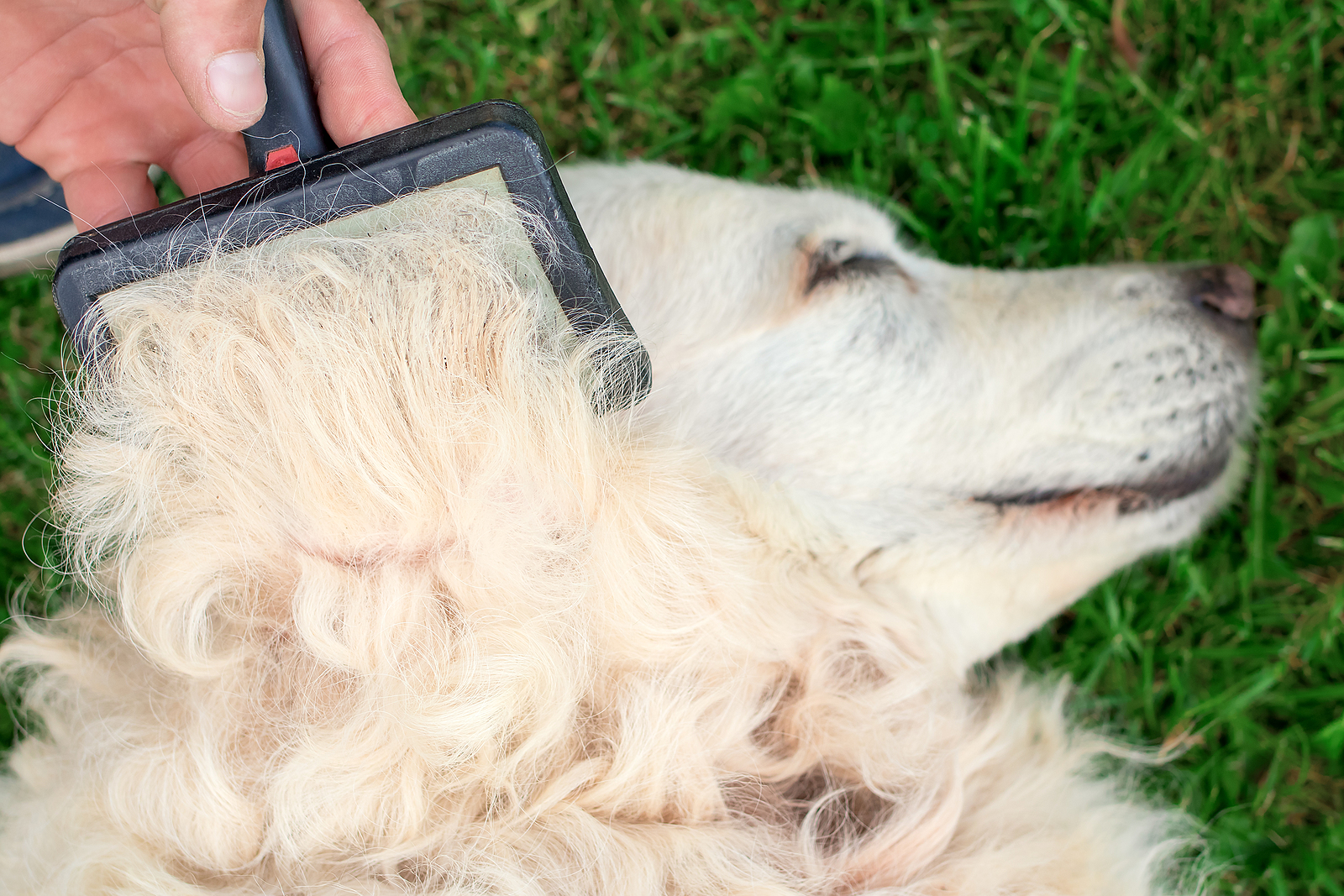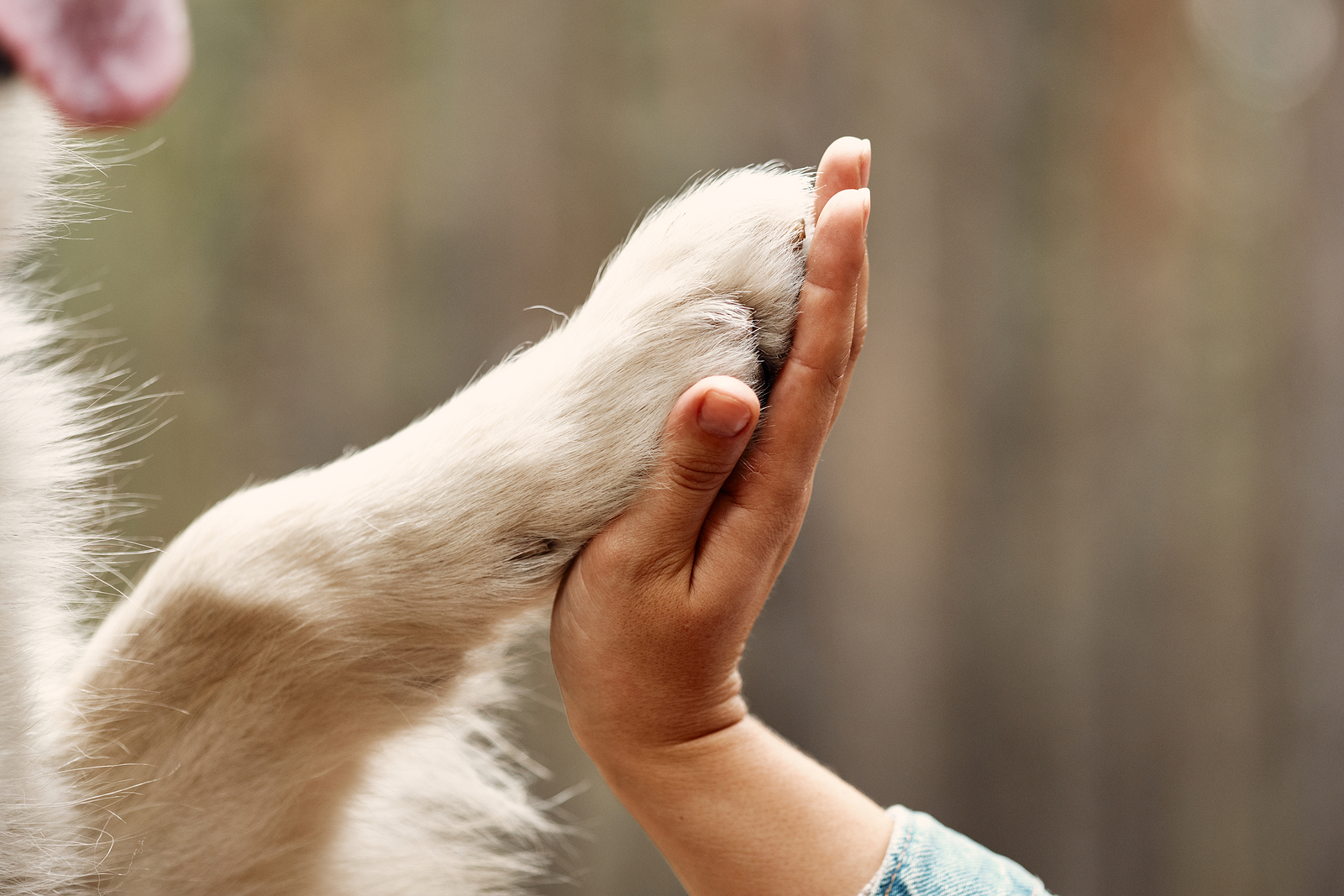Training
Dog training is defined as the purposeful changing of a dog’s behavior. Training is geared to teach the dog a response to cues or commands, or the performance of actions not necessarily natural to the dog, and raising a dog accommodated to his environment by modifying natural, digging, barking and eliminating behaviors.
Dog Trainers in Miami
Expertise.com scored 99 Dog Training Classes in Miami and Picked the Top 10


Dog training can involve socialization to the domestic environment, basic obedience training or training for specialized activities such as law enforcement, search and rescue, hunting, working with livestock, assistance to people with disabilities, entertainment, dog sports, detection and protecting people or property.
There are a variety of established methods of dog’s training, each with its adherents and critics. Some of the better-known dog training procedures include the Koehler method, clicker training, motivational training, electronic training, model-rival training, dominance-based training, and relationship-based training. The common characteristics of successful methods are knowing the dog’s attributes and personality, accurate timing of reinforcement and consistent communication.
Training methods
Koehler method
This method is based in the philosophy that a dog acts on its right to choose its actions. Koehler explained that a dog’s learned behavior is an act of choice based on its own learning experience. When those choices are influenced by the expectation of reward, the behavior will most likely be repeated, and when those choices are influenced by the anticipation of punishment, they will most likely cease. Once the dog has learned that its choices result in comfort or discomfort it can be taught to make the correct decisions. The trilogy Action → Memory → Desire encapsulates the learning pattern used by the method; the dog acts, remembers the consequences, and forms the desire to repeat or avoid those consequences. The method has been used consistently since 1962 by many trainers who consider that “punishment” does not imply physical or psychological harm and most certainly does not mean abuse.


Motivational training
Purely positive or motivational training employs the use of rewards to reinforce good behavior and ignores all bad behavior. It is based in Thorndike’s Law of Effect, which says that actions that produce rewards tend to increase in frequency and actions that do not produce rewards decrease in frequency.
Motivational training has its roots in captive animal training, where compulsion and corrections are both difficult and dangerous, and ignoring bad behavior is not problematic as the animal lives under controlled conditions. As a dog training strategy, purely positive training is feasible, but difficult, as it requires time and patience to control the rewards the dog receives for behavior.
Clicker training
Clicker training is a nickname given to a positive reinforcement training system based on operant conditioning. Clicker training can also be referred to as marker training. The system uses conditioned reinforcers which can be delivered more quickly and more precisely than primary reinforcers such as food. The term ‘clicker’ comes from a small metal cricket adapted from a child’s toy that the trainer uses to precisely mark the desired behavior; however, some trainers use a whistle, a word, or even a light as the conditioned reinforcer. The trainer delivers a primary reinforcer, such as a toy or treat, after the noise or signal.


Electronic training
Electronic training involves the use of an electric shock as an aversive. Common forms are collars which can be triggered remotely, or that are triggered by barking, fencing that delivers a shock when a dog wearing a special collar crosses a buried wire, and mats that can be placed on furniture to deliver a shock. Some aids deliver an aversive such as a spray of citronella when triggered. The use of electric shock aversive for training dogs is the subject of considerable controversy. Supporters claim that the use of electronic devices allows training at a distance and the potential to eliminate self-rewarding behavior, and point out that properly used, they have less risk of stress and injury than mechanical devices, such as choke chains. Opponents cite the risks of physical and psychological trauma associated with incorrect or abusive use.
In 2004 a study was published that was based on the observation of a variety of breeds trained for protection work using shock collars, which showed that although electronically trained dogs can excel as guard dogs, their behavior toward humans and work circumstances changed, often indicating heightened uncertainty and reactivity.
Although they offer no substantive evidence of trauma or harm to dogs, they provide loads of speculation, anecdotes, insinuations of gender and educational inadequacies, and derogatory comments regarding the motivation and competence of IPO (Tracking, Obedience and Protection) trainers in its place.
Model-rival training
Based on the principles of social learning, model-rival training uses a model, or a rival for attention, to demonstrate the desired behavior.[65] The method was used by Irene Pepperberg to train Alex the African Grey Parrot to label many objects. McKinley and Young undertook a pilot study on the applicability of a modified version of the model-rival method to the training of domestic dogs, noting that the dog’s origins as a member of large and complex social groups promote observational learning. The model-rival training involved an interaction between the trainer, the dog, and a person acting as a model-rival, that is, a model for desired behavior and a rival for the trainer’s attention. In view of the dog, a dialogue concerning a toy commenced between the trainer and the model-rival. The trainer praised or scolded the model-rival depending on whether the model-rival had named the toy correctly. It was found that the performance times for completion of the task were similar for dogs trained with either operant conditioning or the model rival method. In addition, the total training time required for task completion was comparable for both methods.


Dominance-based training
The concepts of “pack” and “dominance” in relation to dog training originated in the 1940s and were popularized by the Monks of New Skete in the 1970s. The model is based on a theory that “dogs are wolves” and since wolves live in hierarchical packs where an alpha male rules over everyone else, then humans must dominate dogs in order to modify their behavior. However, recent studies have shown that wolves in the wild actually live in nuclear families where the father and mother are considered the pack leaders, and their offspring’s status depends on their birth order which does not involve fighting to attain a higher rank, because the young wolves naturally follow their parents’ lead.
Animal behaviorists assert that using dominance to modify a behavior can suppress the behavior without addressing the underlying cause of the problem. It can exacerbate the problem and increase the dog’s fear, anxiety, and aggression. Dogs that are subjected to repeated threats may react with aggression not because they are trying to be dominant, but because they feel threatened and afraid.
Researchers have described several reasons why the dominance model is a poor choice for dog training. First, a relationship based on dominance is established to gain priority access to scarce resources, not to impose particular behaviors on the less dominant animal, so the dominance model is irrelevant for most of the behaviors that people want from their dogs, such as coming when called or walking calmly on a leash. Second dominance-submission relationships, once established, are constantly tested and must be regularly reinforced. Thus people, particularly children and the elderly, may not be able to retain their rank and are at risk of being injured if they attempt to do so. Third, dominant individuals gain priority access to resources, but only while they are present, establishing dominance over a dog does not guarantee its behavior when the dominant individual is distant or absent.
Relationship-based training
Derived from the theories of symbolic interactionism, relationship-based training exploits the patterns of communication, interpretation and adjustment between dogs and their trainers. Building on a positive relationship between them, the method sets out to achieve results that benefit both the dog and the trainer, while at the same time enhancing and strengthening their relationship. The basic principles include ensuring that the dog’s basic needs have been met before beginning a training session, finding out what motivates the dog and using it to elicit behaviors, interpreting the dog’s body language to improve communication between dog and trainer, using positive reinforcement to encourage desired behavior, training incompatible behaviors to replace unwanted behaviors, and controlling the dog’s environment to limit the possibility of unwanted behaviors. A relationship-based approach to dog training is not reliant on using training aids or treats, the relationship is always there, and the connection between dog and trainer is sufficiently powerful to achieve the training goals.


Obedience training
Obedience training usually refers to the training of a dog and the term is most commonly used in that context. Obedience training ranges from very basic training, such as teaching the dog to reliably respond to basic commands such as “sit,” “down,” “come,” and “stay,” to high level competition within clubs such as the American Kennel Club, United Kennel Club and the Canadian Kennel Club, where additional commands, accuracy and performance are scored and judged.
Obedience implies compliance with the direction or command given by the handler. For a dog to be considered obedient rather than simply trained in obedience, it must respond reliably each time its handler gives a command.
The Miami Dog Trainer
Hello! my name is Maruchy Perez. I am a Miami dog trainer. Victoria Stilwell, the famous British dog trainer, is crystal clear in the fact that teaching dogs ‘who’s boss’ by forcing them into ‘calm submission’ is precisely the opposite of what they really need in order to learn effectively and overcome behavioral issues. I strongly believe in her methods of training.
I had the privilege of chatting with Victoria about the different training methods and how every dog has to be considered an individual. Positive reinforcement not only implies the practice of teaching techniques but also the need to create bonds of mutual joy through patience, love, and respect with the trainee.
I started training professionally 15 years ago at a big box retail store where I learned the most proactive skills and methods from famed trainers. These instructors taught me the fundamentals of dog training techniques as well as issues related to animal behavior and body language.

Positive training doesn’t only work on small dogs with minor obedience issues. It is also by far the most effective way to treat severe anxiety and ‘red zone’ aggression cases. Instead of fighting aggression with aggression, I and many positive trainers worldwide are able to change the way a dog feels for the rest of his/her life by using force-free methods.
In order to effectively manage aggression and anxiety-based issues, it must be first understood why the dog is doing what he/she is doing and then work to address the root-cause of the problem. Those symptoms should never be suppressed by means of punishment.
Too often, dominance and punitive trainers misdiagnose the real cause for dogs’ behavior, meaning they apply forceful treatment protocols that are ineffective at best and very dangerous at worst. These methods often appear to ‘work’ because they do indeed stop the dog’s behavior yet creating secondary negative effects in the animal.
My training methods are tailored to each individual dog’s needs and their owner’s goals, so I must evaluate with the owners the behavior of their dogs and take a detailed observation of the dogs conduct before deciding their training schedule.
After many years devoted to educating canines of every breed, size, or age, I have learned to understand the feelings and the animal behavior of dogs. They are by nature so awesome that it’s impossible not to love them once you have meet them.
In fact, dogs have become the center of my life up to the point that I don’t mind talking about them at any time. If you feel the need to share your dog’s problems, don’t doubt to contact me. You and I will work together the way to properly train your furry family member.
Maruchy Perez
(305) 389-6067
maruchy@doggiedaysmiami.com
Miami.Dog
This website was inspired by the love for dogs of his creator, Alfredo Gonzalez. Being a proud owner of a female English bulldog (MAMI), Alfredo is in a permanent search for opportunities to enjoy life together with his canine best friend.
Mami and Me

Useful Links
Contact us
2000 Ponce de Leon Blvd. Suite 600.
Coral Gables, Fl 33134

